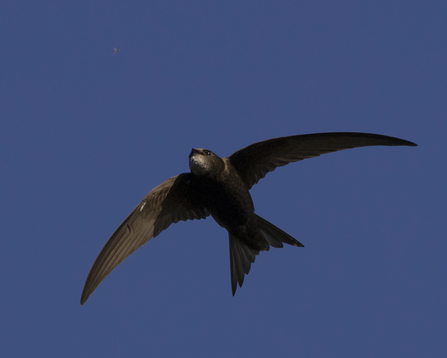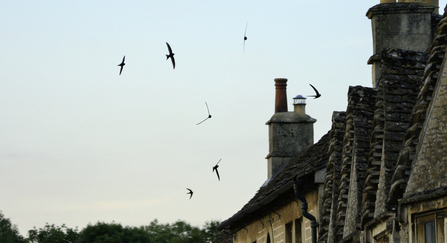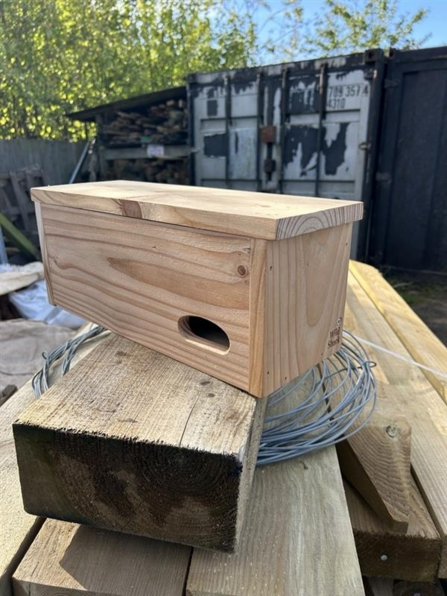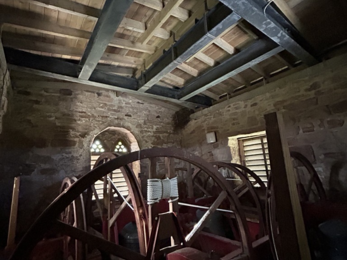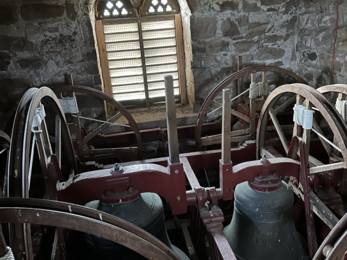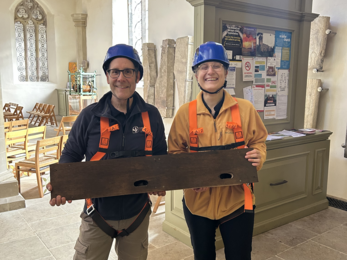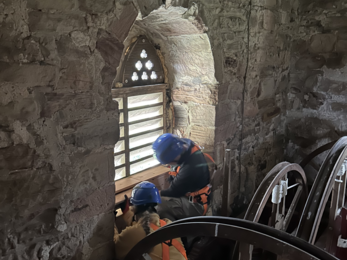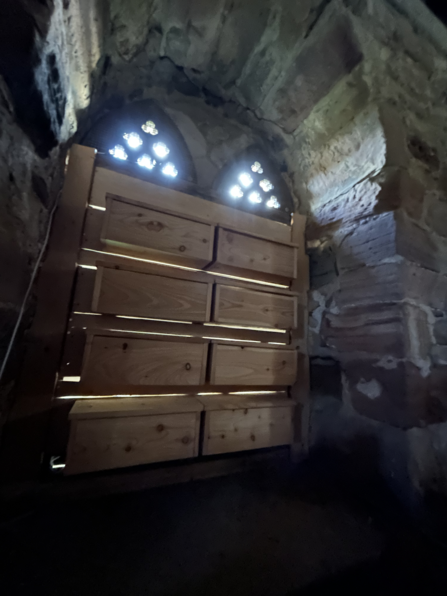Do you ever feel the urge to run the approximately 5,000 miles to Africa and back, without stopping? Eating, drinking, sleeping, all on foot? No, neither do I. But that’s what swifts do.
Well, almost.
Twice a year, swifts complete the enormous migration between their over-wintering sites in Africa and their breeding sites in the UK, only ever touching down to nest. And if you’re a fledgling swift, you’ve got it even tougher. You won’t be nesting for at least two to three years, so chances are as soon as you leave your nest, you’ll be strictly airborne for four to six of these back-to-back mammoth migrations.


